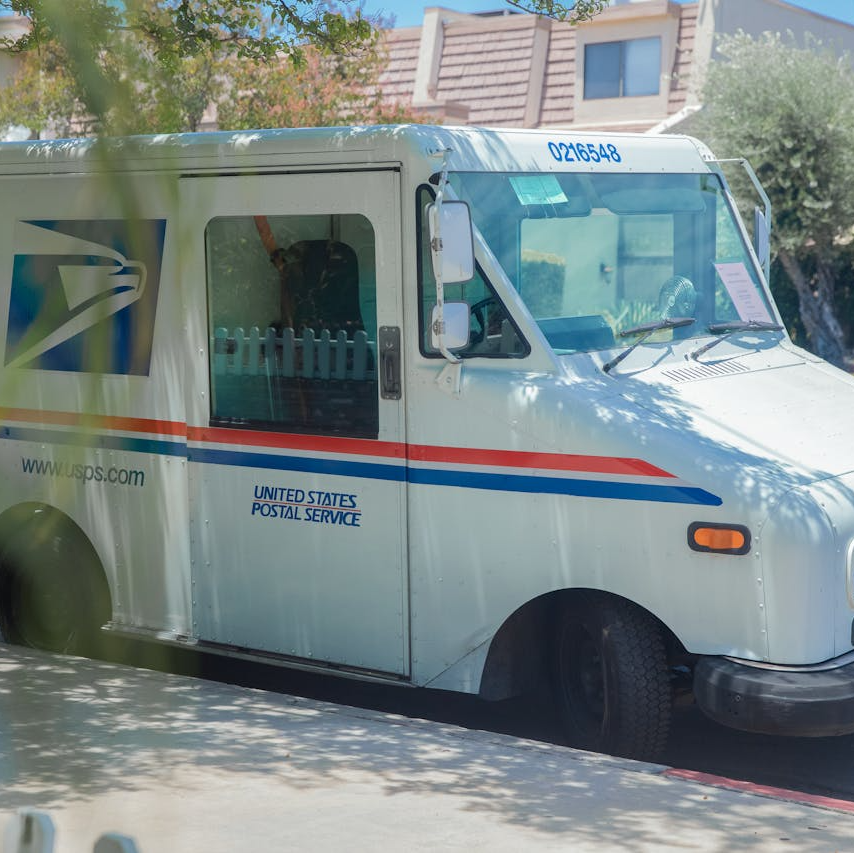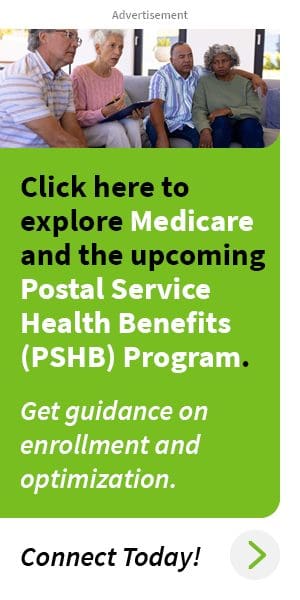Key Takeaways
- Recent legislative changes, including the Postal Service Reform Act, significantly impact PSHB enrollment processes, costs, and benefits for USPS employees and retirees.
- Understanding the integration of Medicare with PSHB and the updates to FEHB regulations is crucial for optimizing healthcare coverage and minimizing out-of-pocket expenses.
How Legislative Changes Affect PSHB Enrollment: An Analysis
The Postal Service Health Benefits (PSHB) program is a critical component of the benefits package for United States Postal Service (USPS) employees and retirees. Legislative changes can significantly impact the structure, enrollment processes, benefits, and costs associated with PSHB. This analysis examines recent legislative changes and their implications for PSHB enrollment, providing insights into how these changes affect USPS employees and retirees.
Overview of the PSHB Program
The PSHB program is designed to provide health insurance coverage to USPS employees, retirees, and their families. It operates under the broader Federal Employees Health Benefits (FEHB) program, offering a variety of plan options, including fee-for-service plans, health maintenance organizations (HMOs), and consumer-driven health plans (CDHPs). The PSHB program aims to ensure comprehensive healthcare coverage for postal workers while managing costs effectively.
Legislative Changes Impacting PSHB Enrollment
Several legislative changes have influenced the PSHB program in recent years. Key among these are the Postal Service Reform Act, changes to Medicare integration, and various updates to FEHB regulations. These changes have direct implications for enrollment processes, benefits, and costs.
Postal Service Reform Act
The Postal Service Reform Act is a significant piece of legislation aimed at addressing the financial challenges faced by the USPS. One of the critical provisions of this act is the requirement for future postal retirees to enroll in Medicare Part B. This integration with Medicare is expected to streamline healthcare benefits and reduce costs for both the USPS and retirees.
Implications for Enrollment:
- Mandatory Medicare Enrollment: Future USPS retirees will be required to enroll in Medicare Part B when they become eligible. This change means that new retirees will need to navigate both Medicare and PSHB enrollment processes.
- Increased Enrollment Steps: Retirees must ensure they meet the criteria for both Medicare and PSHB, adding complexity to the enrollment process. They will need to understand how Medicare Part B works with their PSHB plan.
- Cost Implications: While integrating Medicare Part B may reduce overall healthcare costs for the USPS, retirees might face additional premiums for Medicare Part B, alongside their PSHB premiums.
Changes to FEHB Regulations
FEHB program regulations, which govern the PSHB program, are periodically updated to reflect new policies, cost structures, and benefit enhancements. Recent updates have focused on expanding coverage options, adjusting premium contributions, and enhancing preventive care benefits.
Implications for Enrollment:
- Expanded Coverage Options: Updates to FEHB regulations have led to an increase in the variety of plans available to USPS employees and retirees. This expansion allows beneficiaries to choose plans that better meet their specific healthcare needs, but it also requires careful comparison during the enrollment process.
- Premium Adjustments: Changes in premium contributions can affect the affordability of different plans. USPS employees and retirees need to be aware of how these adjustments impact their out-of-pocket costs.
- Enhanced Preventive Care: With a greater emphasis on preventive care, some FEHB plans now offer more comprehensive coverage for services like screenings, immunizations, and wellness visits. Beneficiaries must review these enhancements when selecting a plan during enrollment.
Impact on Benefits
Legislative changes not only affect the enrollment process but also have significant implications for the benefits provided under the PSHB program.
Integration with Medicare
The integration of Medicare and PSHB benefits aims to optimize healthcare coverage for retirees. By mandating Medicare Part B enrollment, the PSHB program ensures that primary healthcare services are covered by Medicare, while PSHB plans provide secondary coverage.
Implications for Benefits:
- Comprehensive Coverage: The combination of Medicare and PSHB benefits can provide more comprehensive coverage, reducing gaps in healthcare services.
- Cost Sharing: Medicare will cover a substantial portion of primary healthcare costs, with PSHB plans covering additional expenses. This arrangement can lower out-of-pocket costs for beneficiaries.
- Access to Providers: Integration with Medicare expands the network of healthcare providers available to retirees, improving access to necessary medical services.
Preventive Care and Chronic Disease Management
Legislative updates to FEHB regulations have placed a stronger emphasis on preventive care and chronic disease management. These enhancements aim to improve health outcomes and reduce long-term healthcare costs.
Implications for Benefits:
- Preventive Services: Beneficiaries have access to a wider range of preventive services, often at no additional cost. These services include screenings, vaccinations, and wellness check-ups.
- Chronic Disease Management: Enhanced coverage for chronic disease management programs helps beneficiaries better manage conditions like diabetes, hypertension, and heart disease. This can lead to improved health outcomes and reduced hospitalizations.
- Health and Wellness Programs: Many PSHB plans now offer wellness programs that incentivize healthy behaviors through rewards and discounts. Beneficiaries can take advantage of these programs to maintain their health and well-being.
Impact on Costs
The financial implications of legislative changes to the PSHB program are significant for both the USPS and its beneficiaries. Changes in premium contributions, cost-sharing arrangements, and coverage limits can affect the overall cost structure of the PSHB program.
Premium Contributions
Legislative changes often result in adjustments to premium contributions for both the USPS and its employees and retirees. These adjustments can impact the affordability of health plans and the financial burden on beneficiaries.
Implications for Costs:
- Employer Contributions: Changes in employer contributions can affect the overall cost-sharing arrangement between the USPS and its employees. An increase in employer contributions can reduce the financial burden on beneficiaries.
- Employee and Retiree Premiums: Adjustments to premiums directly impact the amount employees and retirees must pay for their health coverage. Beneficiaries need to stay informed about these changes to budget effectively.
- Subsidies and Assistance Programs: Some legislative changes introduce subsidies or assistance programs to help lower-income beneficiaries afford their health coverage. Understanding eligibility for these programs can reduce out-of-pocket costs.
Cost-Sharing and Out-of-Pocket Expenses
Legislative updates often include changes to cost-sharing arrangements, such as copayments, coinsurance, and deductibles. These changes can influence the out-of-pocket expenses faced by beneficiaries.
Implications for Costs:
- Copayments and Coinsurance: Adjustments to copayments and coinsurance rates can affect the cost of medical services for beneficiaries. Lower copayments can make healthcare more affordable, while higher rates can increase out-of-pocket expenses.
- Deductibles: Changes to deductible amounts can impact the initial out-of-pocket costs beneficiaries must pay before their insurance coverage begins. Beneficiaries need to understand these changes to plan for their healthcare expenses.
- Annual Out-of-Pocket Limits: Legislative changes may introduce or modify annual out-of-pocket limits, capping the total amount beneficiaries must pay in a year. This can provide financial protection for those with high healthcare costs.
Conclusion
Legislative changes have a profound impact on PSHB enrollment, benefits, and costs for USPS employees and retirees. The integration of Medicare with PSHB, updates to FEHB regulations, and financial adjustments all play a crucial role in shaping the healthcare landscape for postal workers. By understanding these changes and staying informed about the latest developments, beneficiaries can make informed decisions about their health coverage, optimize their benefits, and manage their healthcare costs effectively.
Contact Information:
Email: [email protected]
Phone: 7605558901










